Introduction
When managing fluid flow in a piping system, selecting the appropriate valve is essential. A check valve is a type of one-way valve that stops backflow when flow direction reverses. Some types of check valves are spring check valves and silent check valves, among others which match specific requirements.
The other kind of the check valve is swing valve that has a swinging disc to block or allow the flow of fluids. This design is simple but it does its work well hence making it a common choice for applications where preventing backflow is necessary.
In this article, we will compare two types of valves, examining their design, material composition, applications, installation, maintenance, cost, and overall advantages and disadvantages to help you choose the best valve for your engineering project.
Design Characteristics and Working Principles: Swing Valves vs Check Valves
There are different types of check valves, such as spring check valves and silent check valves, which all help to prevent reverse flow. Spring check valves have a disc that is loaded by a spring moving in front so as to allow the fluid to pass through and then returning it back on its seat to close any back flow. This ensures quick closure against water hammer in pipe systems. The designs of these valve types allow installation in any position, thus designing flexibility for each system. These kinds of valves have springs inside them that ensure an unchanging tight seal even when pressure changes enhancing their efficiency in high pressure conditions and maritime applications.
On the other hand, swing valves feature a hinged disc that swings open to permit fluid flow in one direction and swings back to close when the flow reverses. Swing check valves have got simple but strong constructions making them perfect for cells with solid particles or clean water flowing through them. They are usually installed horizontally since their swinging motion relies on gravity and force of liquid they handle. In comparison with spring checks, swing checks generally take longer time to close because there is much more movement of the disk involved so they are less efficient at reducing water hammer. Nevertheless, their simplicity ensures maintenance expenses remain low hence becoming economical alternatives used in many piping systems across different settings.
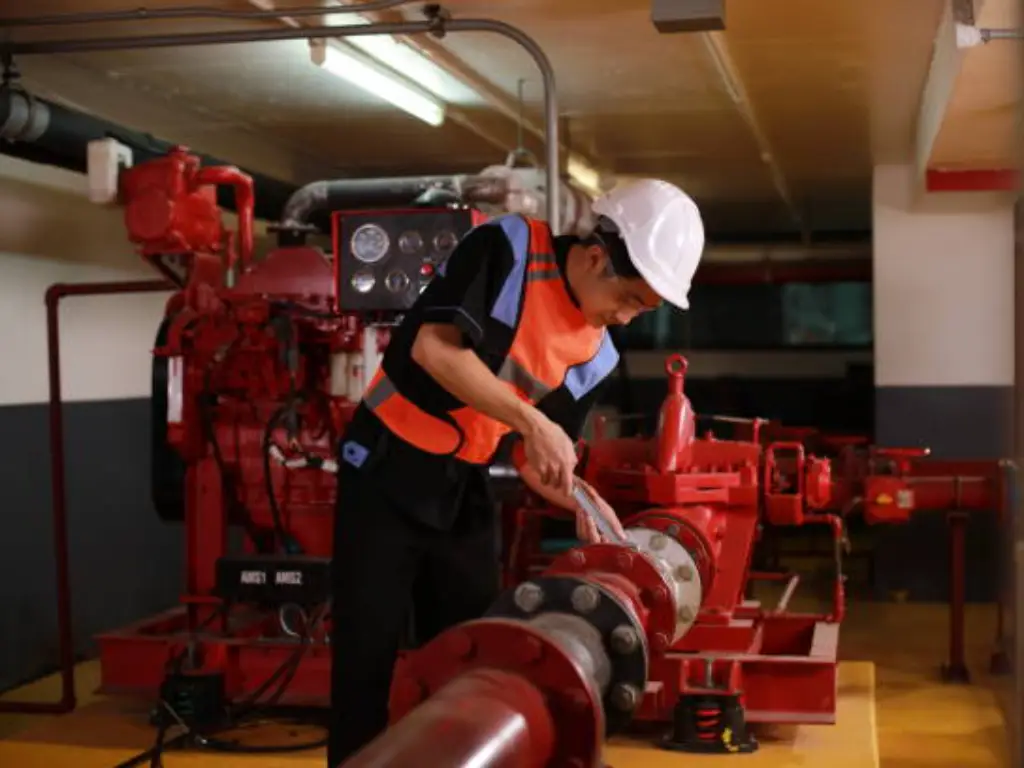
Material Composition and Durability: Comparing Swing Valves vs Check Valves
Check valves usually are fabricated of materials like stainless steel, brass, or PVC that each have distinct advantages. A well-liked choice is stainless steel that has excellent resistance to corrosion and high temperatures, thus making it suitable for marine applications and other aggressive environments. This check valve type is designed for ease of liquid flow with minimum maintenance for a long service period. Still, stainless steel check valves normally possess positive sealing which prevents the effects of water hammer and uphold unidirectional flow. The valve body and valve seat in these valves are created to withstand substantial back pressure so as to guarantee reliability in various applications.
On the other hand, swing valves are generally manufactured using materials like cast iron, ductile iron or bronze. Cast iron swing valves offer cheap alternatives for large scale operations especially sewage systems and sump pumps. Ductile iron can handle lower pressures effectively so that it has been widely employed in those cases needing durable performances over time. Potable water systems may utilize the bronze swing valves due to their ability to resist cracking pressure and corrosion. Swing valve’s unique direction and flow orientation enable smooth operation with low pressure drop thereby improving fluid reversal process efficiency across various systems.
Application Scenarios: Where to Use Swing Valves vs Check Valves
Check valves are proposed with a view to preventing backflow which makes them appropriate for different uses. Their strong construction and ability to provide positive sealing mean they can be used reliably in systems where unidirectional flow is significant. For example, stainless steel check valves in marine applications are resistant against corrosion and high temperature thus making them durable and long lasting. Moreover, they are widely employed in liquid flow systems of different pressure like water treatment plants and chemical processing industries. They are much needed in high-pressure situations due to their ability to handle returns of pressure waves as well as reduce the impacts that result from water hammer.
Conversely, swing valves are desirable for their simple yet functional design which allows for minimal pressure drop and smooth flow direction. These qualities make them a good choice in applications where there is a need for high flow efficiency and low maintenance. In sewage systems, however, cast iron swing valves provide a low-cost option having the ruggedness necessary to handle high volumes of wastewater. Swing valves can also be installed in sump pumps to prevent backflow hence ensuring effectively flood prevention. Moreover, bronze swing valves are commonly utilized in potable water systems because they resist corrosion and have cracking pressures suitable for delivering safe clean water. The ability of swing valves to work at low pressure makes them versatile enough for various fluid control scenarios.
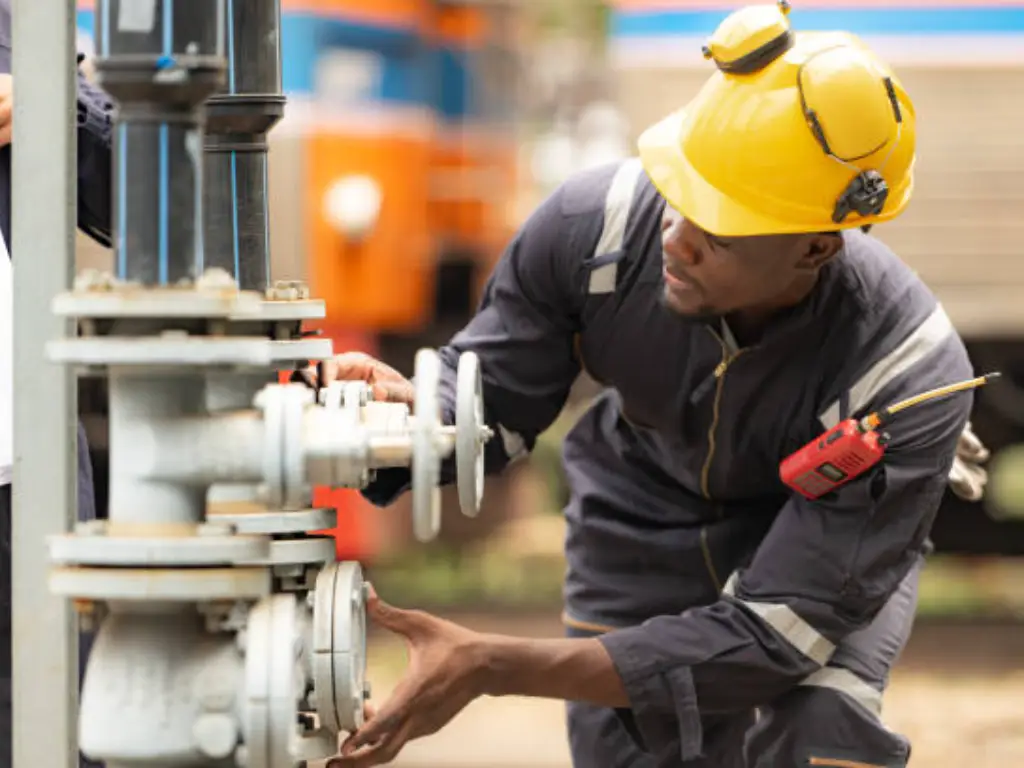
Installation Requirements and Space Considerations for Swing Valves and Check Valves
Swing check valves and check valves differ significantly in terms of requirements for installation and space. Check valves, particularly spring check valves, are more compact in design making them good for limited spaces in most instances. The valves can be installed horizontally or vertically, thus providing more system design flexibility. Spring check valves are compact hence can be easily integrated into the existing systems without requiring much changing.
On the other hand, swing check valves require enough area so that the disc can swing open hence they are more suitable for large piping systems. It is an uncomplicated process to install these but care must be taken by engineers to ensure that there is adequate clearance which will allow the disc to move freely without obstruction. This is important because it avoids any installation glitches and also ensures that the valve operates properly.
Knowing these installation requirements and space considerations can help you choose a correct valve for your specific needs either when dealing with small confined areas or large plant installations.
Maintenance and Longevity of Swing Valves and Check Valves
Swing check valves and check valves are chosen on the basis of maintenance and longevity. Check valves such as spring check valves might need more routine services because they have more complicated mechanisms. Consequently, the spring-loaded design these valves employ demands that people conduct regular inspections to ensure that the spring and disc work efficiently. Even if these different kinds of valves may require extensive care exercises in some instances, their life span, if properly serviced, can be outstanding.
Swing check valves contain fewer moving parts, hence necessitating lesser servicing. They can be subjected to routine inspections and maintained better due to the simple designs. As a result, they can last longer than other types of valves. Nonetheless, regular checks are necessary for ensuring that the disc and valve seat are not obstructed by either debris or corrosion thereby hindering their effectiveness.
The lifetime of both swing check valve and check valve is influenced by factors like type of fluid handled, operating pressure and environmental conditions, among others. Thus, by developing a robust maintenance schedule one can achieve maximum life expectancy along with dependability in terms of chosen valve type.
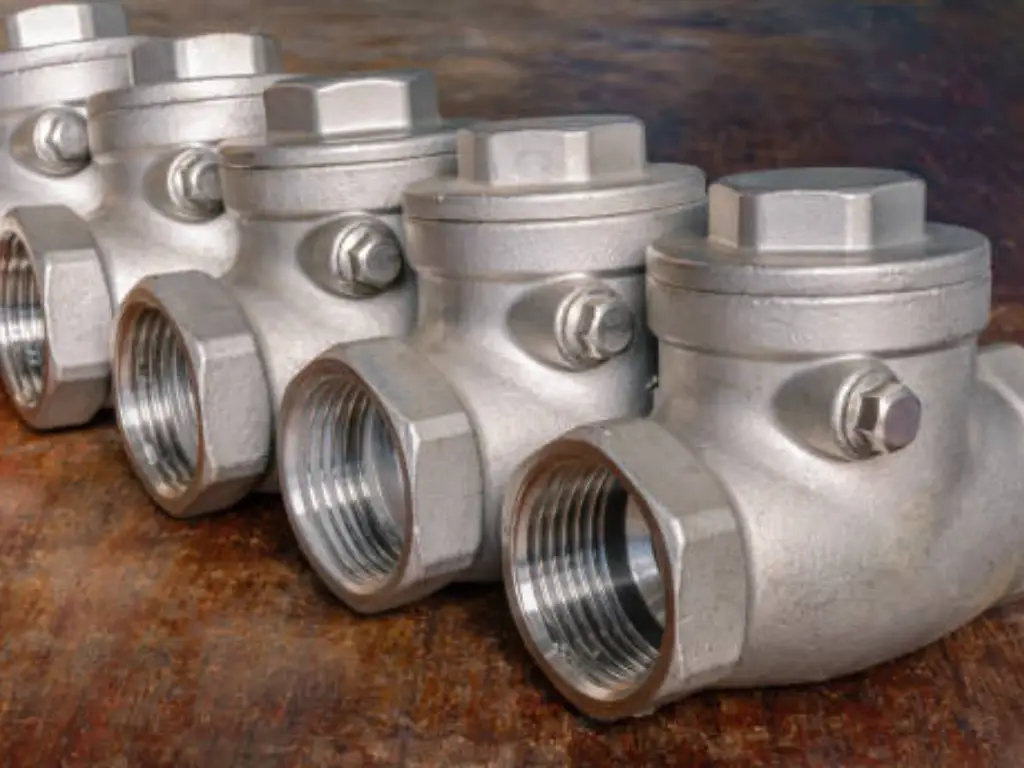
Cost Analysis: Evaluating the Expenses of Swing Valves vs Check Valves
The cost of check valves can change significantly in terms of material, size and application. The price for simple PVC check valves normally varies between $10 to $50. Sizes and specifications determine the prices of stainless steel check valves ranges from $50 to $500 depending on their sizes and specification as they are popular for their durability and resistance to corrosion. For instance, expensive industrial grade models may exceed $1000 inclusive of installation expenses, maintenance fees or even some other hidden costs. Installation included, the entire cost can vary from $135 to $1000.
For many applications swing valves tend to be less expensive. For example, cast iron swing valves can range from $20 to $200 thus making them affordable for use in large-scale projects like sewage systems as well as sump pumps. Moving to more durable materials such as bronze or stainless steel can raise this price to between $100 to $500. These are known for being hard-wearing and needing little upkeep, particularly in non-extreme conditions places around it. In swing valve installation, the costs usually range between $100 to $400 depending on the intricacy of system design involved.
Advantages and Disadvantages: Weighing Swing Valves Against Check Valves
Check Valves
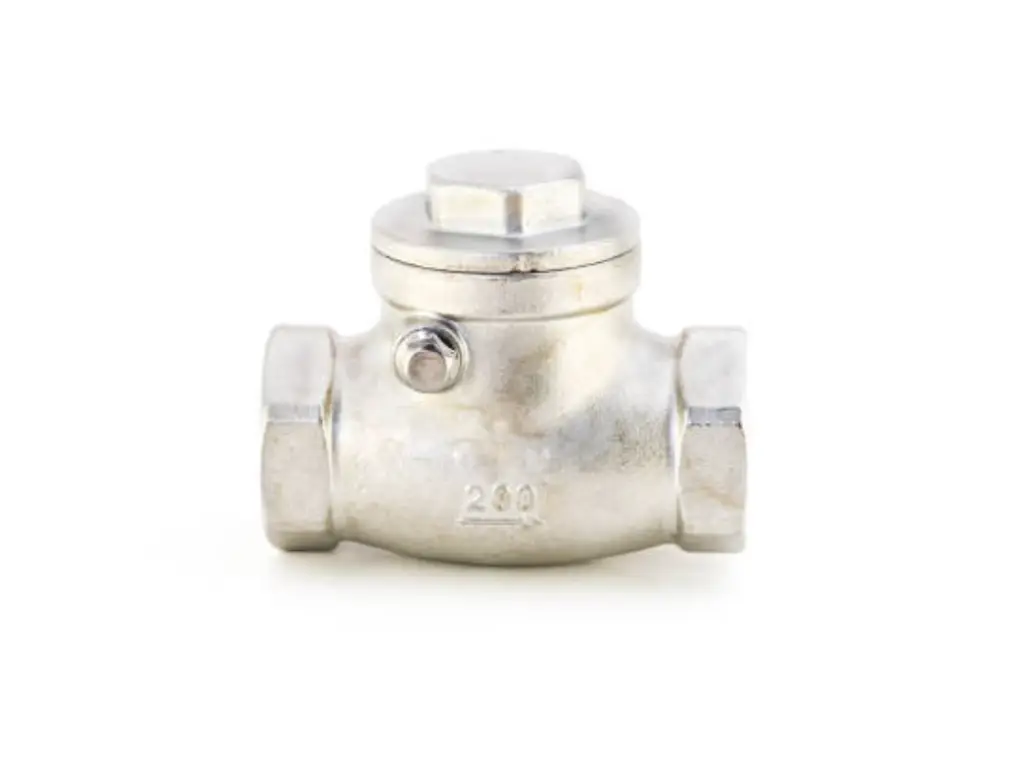
Advantages:
- Quick Response to Flow Reversal: Flow reversal response is quick for check valves, especially spring check valves; thus preventing water hammer and guarding against the piping system.
- Compact Design: They are designed in a small size and versatile manner allowing them to be fixed in any position making them ideal for restricted areas.
- Reliable Sealing: The spring mechanism incorporated in a spring check valve ensures that it seals tightly even against varying pressure hence offering dependable performance under high-pressure environments including marine applications.
- Material Versatility: Materials used in the construction of check valves such as stainless steel, brass or PVC can be customized to handle different fluids and operating conditions like chemicals that corrode and contain solid materials.
Disadvantages:
- Higher Initial Cost: Compared to simpler valve designs, complex configurations and more expensive materials used make initial costs higher than cheaper types.
- Maintenance Requirements: To ensure optimum performance regular checks on the springs mechanism among other moving parts must be carried out more frequently with possible repairs being made where necessary.
- Pressure Drop: In case there will be some slight pressure drop within the system because of internal elements like springs and discs which may affect efficiency levels thereby cutting across certain applications.
Swing Valves
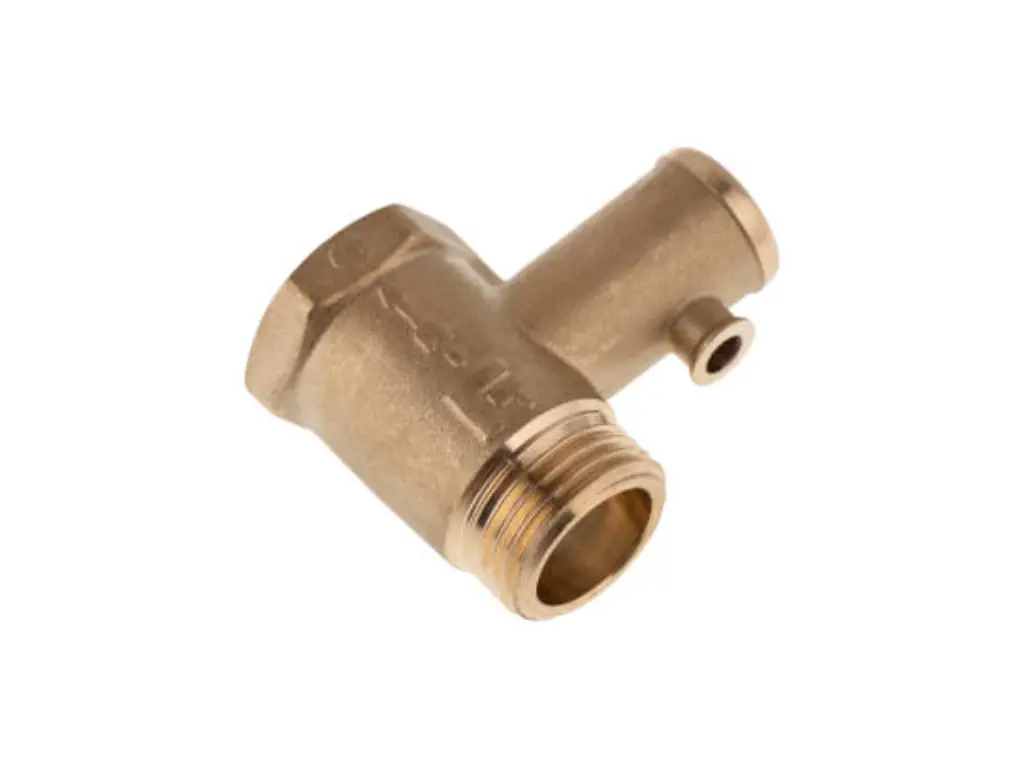
Advantages
- Simplicity and Reliability: The design of swing check valves is uncomplicated having lesser number of moving parts hence making it more dependable.
- Cost-Effective: Swing check valves are generally cheaper in the beginning because they have a simple design, which offers them an advantage over the other types relating to costs for the project.
- Solid Particle Handling: Their strong structure allows liquid containing solid particles to flow through them, hence being appropriate for sewage systems and other applications where there may be trash in water.
- Different Materials: Cast iron, bronze, stainless steel etc. are some of the materials used for making this type of valve which enhances their durability and resistance to corrosion, thus increasing their service life.
Disadvantages
- Slower Closure Time: The hinged disk may result in slower closing time compared with spring check valves that might exacerbate the water hammer.
- Space Requirements: In swing check valves, more space is required for rotation of the disc, which can make it less suitable for installations with limited space available for equipment installation.
- Horizontal Installation Preference: These valves are typically installed in horizontal piping, which can limit their application to systems requiring vertical installation.
Engineers can make a smart choice between a swing check valve and a spring check valve by knowing the good and bad sides of them.
Conclusion: Choosing the Right Valve for Your Engineering Project
Check valves and swing valves are important in pipe system projects. In order to decide which is best for your needs, you must know the differences between them and their applications. The table below summarizes the main points discussed above in a concise form that will help you make a decision.
| Feature | Check Valve | Swing Valve |
| Design Characteristics | Spring-loaded disc or silent design, quick closure | Hinged disc, simple and robust |
| Material Composition | Stainless steel, brass, PVC | Cast iron, bronze, stainless steel |
| Application Scenarios | Marine, chemical processing, high-pressure systems | Sewage systems, potable water, sump pumps |
| Installation Conditions | Compact, any orientation | Requires space for disc swing, horizontal |
| Maintenance | More frequent due to complex mechanisms | Less frequent, simple design |
| Cost Range | $10 to $1000+ depending on material and size | $20 to $500+ depending on material |
| Advantages | Quick response, reliable sealing, versatile materials | Simple, cost-effective, handles solid particles |
| Disadvantages | Higher initial cost, requires maintenance, pressure drop | Slower closure, requires more space, horizontal preference |
If you are looking for reliable and high-quality valves, choose Dombor, the top industrial valves maker in China since 2001. Dombor has been involved in over 3,000 projects mostly in oil, gas and chemical industries and it has over 2,000 satisfied clients in more than 140 countries. It is fully certified and well known for its outstanding products, hence making it a partner you can trust for all valve needs. Contact Dombor today to learn how they can support your project with their expertise and quality solutions.









